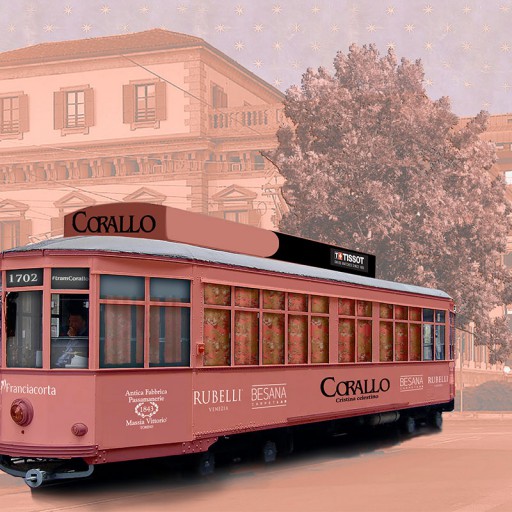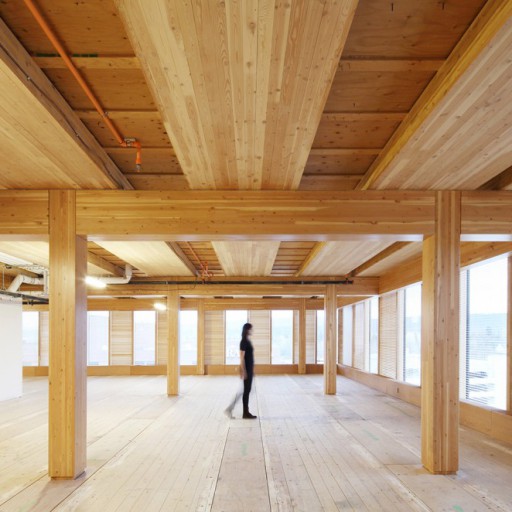ROOM2030 continues to set milestones in industrialization. At the beginning of 2024, it was chosen by the NEOTEC program of the CDTI (Center for Industrial Technological Development) to promote its comprehensive circularity project. It has moved from designing replicable housing modules to revolutionizing construction with a liquid manufacturing prototype, conceiving high-rise buildings, and implementing scalable solutions for sectors such as hospitality. We interviewed Sergio Baragaño, architect and CEO of this start-up, to discover how innovation can be achieved from Asturias for the world.
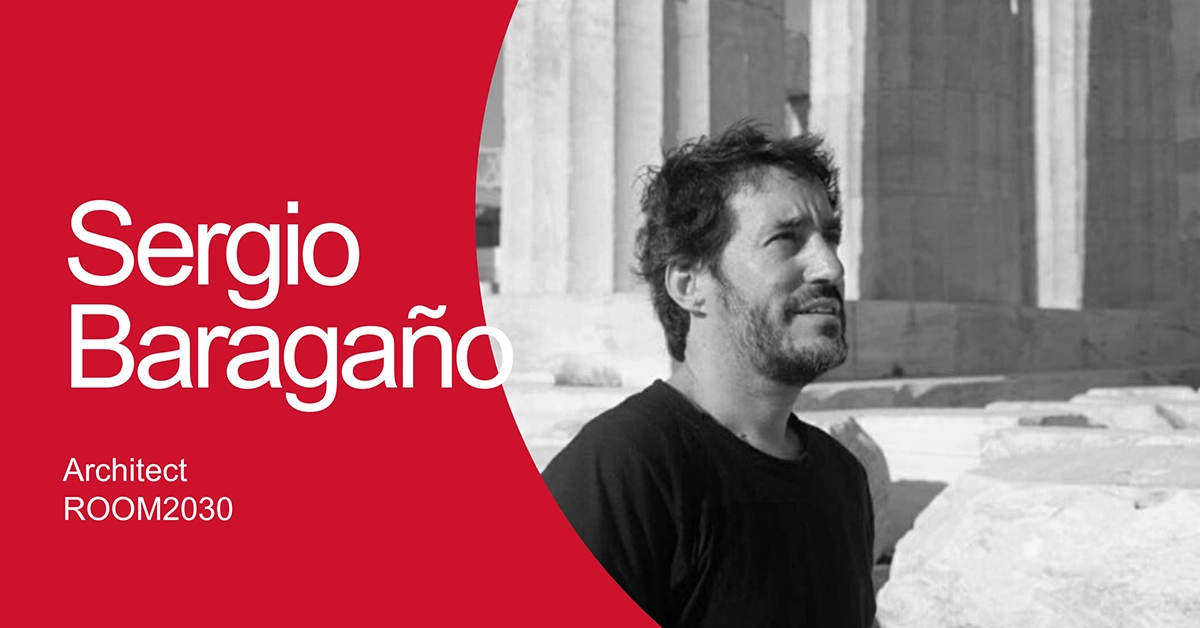
How did the idea of founding ROOM2030 come about?
I had been working in industrialization for 15 years when, in 2018, the opportunity arose to create a consortium that would unite habitat and technology. We sought innovative companies and designed a first suite that we presented at the Niemeyer Art Center. At that moment, we decided to form a start-up and work towards the market with very specific proposals.
Does ROOM2030 still have its roots in Asturias?
Yes. It’s fortunate to see that you don’t need to be in Silicon Valley to develop cutting-edge solutions. Of course, it’s easier there, but nowadays there are many tools that allow you to innovate from anywhere. In fact, we are internationalizing the project with our first hotel in Portugal.
You moved from mastering steel at Arcelor Mittal to industrialized construction with wood. How did the transition from a corporate model to a start-up occur?
I have always worked with wood, and at ROOM2030 we have already started incorporating structural wood, although for now, we are betting on a mixed solution, combining wood and metal. We delve into the alliance and highlight the positive aspects of both materials.
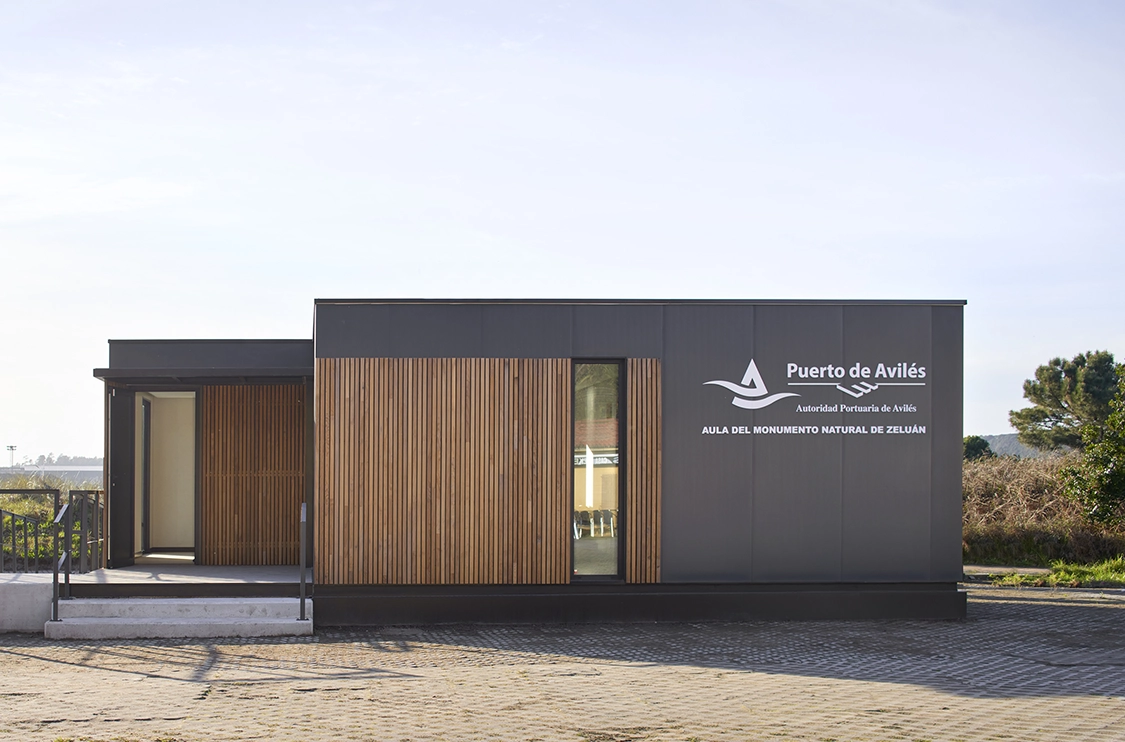
Are start-ups the solution for large companies to execute R&D advancements, which can sometimes be difficult to implement within the company?
From my experience, both in small and large companies, yes. It is a great opportunity for the start-up but also an interesting vehicle for large companies that logically have slower and more complex implementation times. The start-up is more agile and presents rapid exponential growth.
Traditionally, in architecture, there is no start-up culture, yes in the construction sector due to the need for a model change towards decarbonization, but there is still much to be done.
Twelve weeks of manufacturing and only one day of installation for a single-family home. Given these attractive figures offered by ROOM2030, why aren’t more prefabricated houses being built? Is there a lack of training among architecture professionals, information for the end customer…?
Those are the standard times we handle for projects up to 300m2 (although there is no limit), but they depend on interior design finishes, installation connections… I think it is a model that is becoming more common, relatively new in Spain, and for that reason, it is difficult to change, despite these systems offering much more certainty than traditional construction.
When I started almost twenty years ago, there was absolutely nothing, customers had no idea… Now they come with a very clear approach and know that they do not want to go through the nightmare of building their home traditionally, although we are also beginning to design hotels and offices.
On the other hand, I believe that it is necessary to train and inform technical professionals about the benefits of industrialization, in universities and administrations, leveraging all the links in the chain.
Is reversible foundation, which makes it possible to move the building to another location, the answer to today’s nomadic life?
At ROOM2030 we sell, above all, mobility and the option to easily expand the home. It is possible to move your house from one place to another, yes, but the regulations are complicated, you must have another plot, another license… This reversible foundation solution is designed to facilitate access to housing for young people, as they can afford something small that can later be easily scaled.
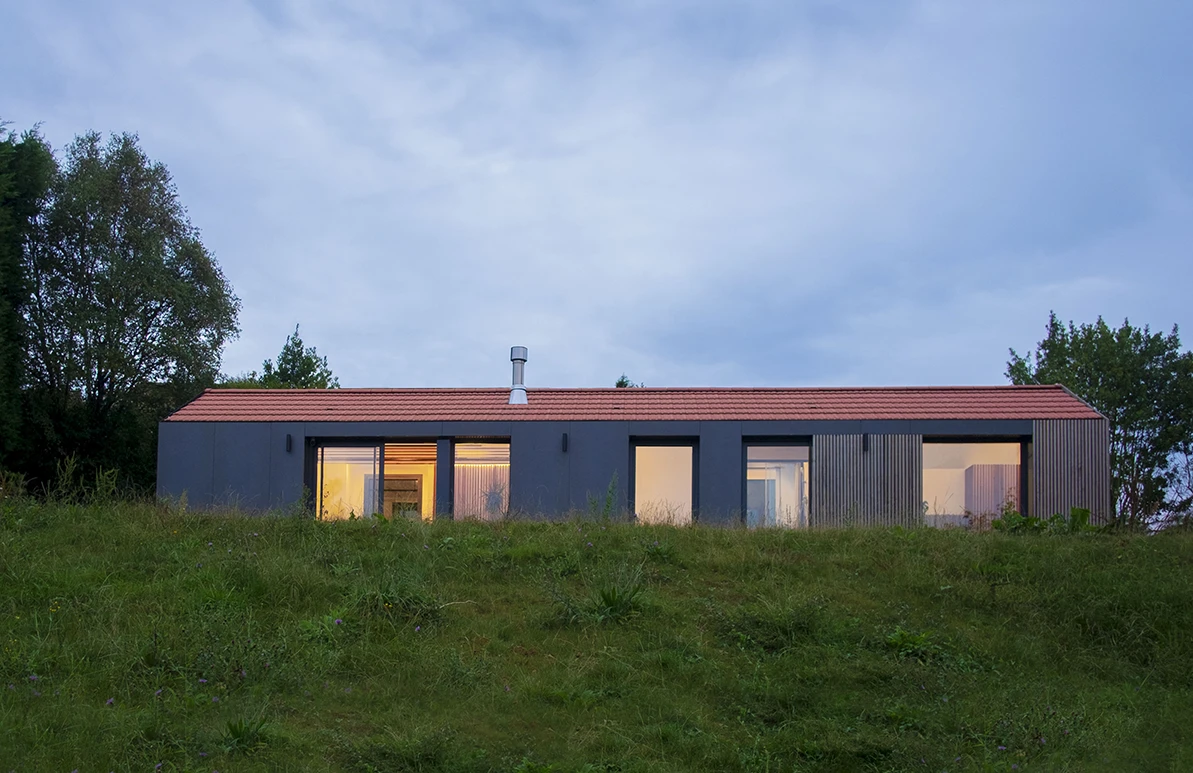
How is industrialized construction being implemented in other types of buildings?
It is booming, especially in hotels and residential buildings. The reason is easy to explain: for timelines and resource optimization.
We wanted to scale and go to higher and larger buildings. In fact, we are creating the first hotels and six-story buildings. I think this is where the system shines: you manufacture and repeat the same room 200 times, being able to customize certain details.
How are hospitality and coliving embracing this solution?
The reception is good because if you build a hotel in half the time, you can start getting a return on your product sooner. It has great appeal for investors looking for profitability and sustainability without significant risks from the start.
How does renting fit into prefabricated solutions?
We use it in landscape hotels, where there are different suites scattered around the land, something like glamping or in hotel expansions. For example, you can make the room in renting and pay a monthly fee like that of a car, which poses less risk. The initial investment is zero, and when you start it up, you begin paying the fee. It is a solution that has advantages even at a fiscal level in Spain.
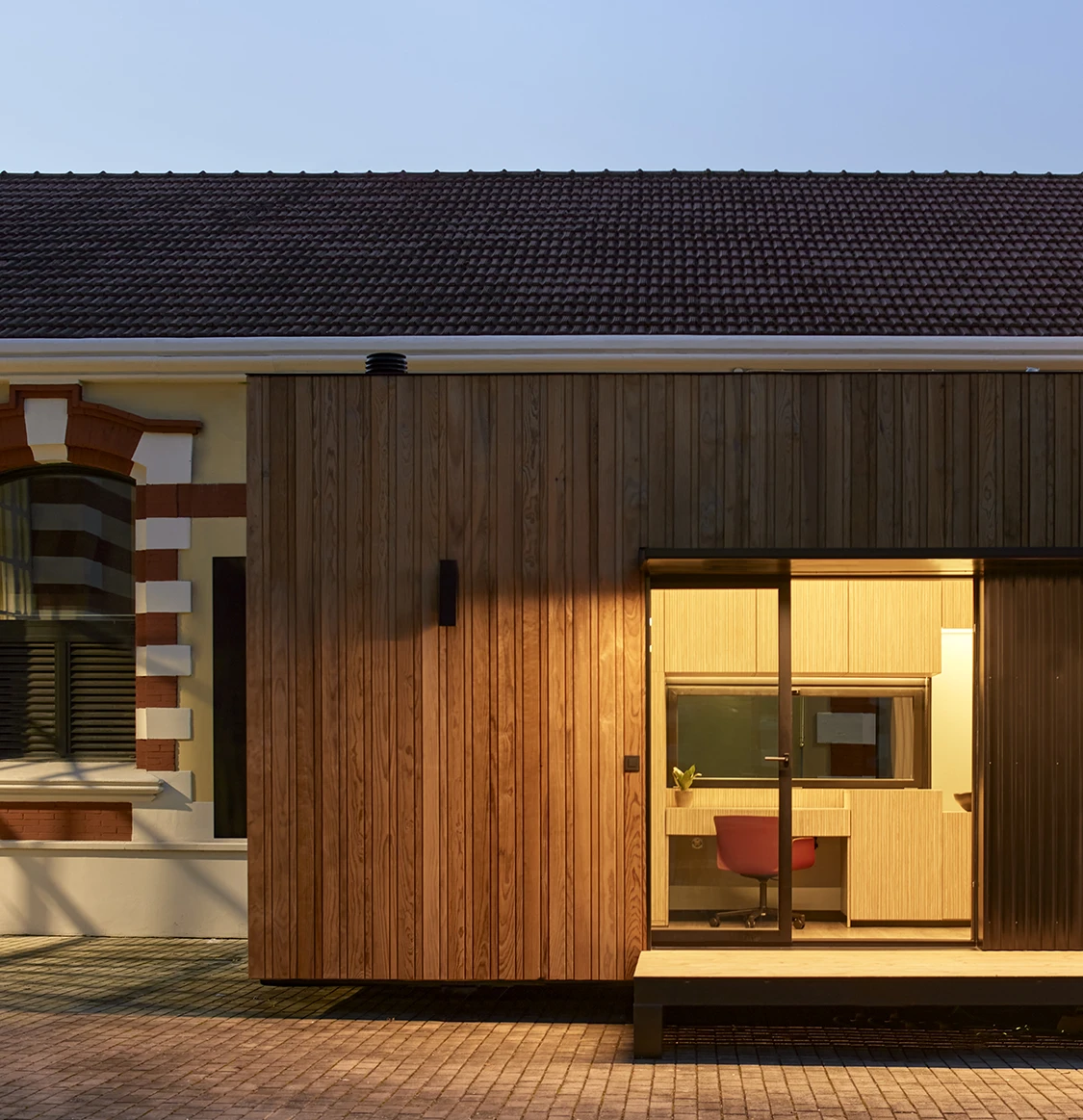
You are in the process of executing the “liquid factory,” certifying factories aligned with your values and ways of working. Do you consider that the future of construction processes should be decentralized?
We knew we had to change from seeing ourselves as a design company to focusing on innovation, which is why we were born as a technology-based start-up.
We design for series manufacturing, we bet on liquid and medium-sized factories that are scattered throughout the Iberian Peninsula. The model would be franchise factories, under our model and parameters. The benefits are mainly two: sustainability and savings in transportation costs. We look for partners who already manufacture, who are industrial, value-added, structuralists, or other more advanced industries.
How do you detect market needs?
We have an internal innovation department that is always attentive to trends and new models, as well as a commercial team that lives in the day-to-day needs of customers. We work together, with trends and customer needs, to see where the market may go. Additionally, we believe in learning by doing and try to incorporate everything we do into products quickly to make the right decisions and learn from mistakes.



